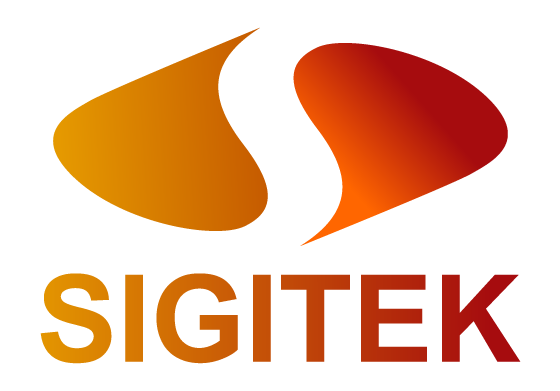Multiple Use of Digital Signature for Real Estate Business
The world of real estate has significantly evolved in recent years, changing from a traditional business to one that benefits from all the advantages that new technologies bring, as is the case with the adoption of the digital signature. How is it used by real estate agencies and their respective agents?
The latest buzzword in terms of digital transformation of the real estate sector is ‘PropTech’ (Property Technology) or ‘ReTech’(Real Estate Technology), both of which reflect the adaptability of new technologies to this business model.
Although the digitization started years ago in the real estate sector, the coronavirus disease has boosted this process. For instance, real estate agencies can now take advantage of tools to be able to show houses via virtual reality, or using digital signatures to sign sales and rental agreements, etc.
From now on we will focus on how digital signatures can be used in different real estate-related procedures.
Uses of the digital signature in the real estate market
We will now outline the main uses of the digital signature in different real estate-related procedures:
- Signing preliminary purchase agreements
- Signing down payment agreements
- Signing purchase-sale agreements
- Signing lease agreements
- Signing home insurance
- Managing utility contracts
- Internal management operations
Pandemic has affected all sectors of Business including Real Estate, however Business Process cannot be changed and certain define process needed to be comply.
There are traditional Digital Signature Software in the market, but these software function stand alone and becomes challenge and threat to organization while mapping SAP to such unsecured solution.
If proceed with SAP Standard, ADS License, ABAPER and time consuming with cost involved in every document generated from SAP.
What to Consider for a Digital Signature Procedure?
In functional terms, signing, sealing, or time stamping is only part of a very complex process overall, the design of which requires the integration of various sub-processes. An additional sub-process can be derived from the following example questions:
- Is the document or form to be digitally signed already in the target format?
- How should the signature, seal, or time stamp be visualized?
- How is the electronic forwarding to the next signatory carried out?
- Is a print option still required parallel to the fully digital signature process?
Where SAP does not offer a solution, a variable solution from Sigitek can take over the specific task. In cooperation with a signature product, which supports all signature types and types in general, digital signature processes can be integrated into every business process, where they replace paper and ink and shorten the process time.
To know more, visit us at https://sigitek.com/digital-signature-in-sap/

